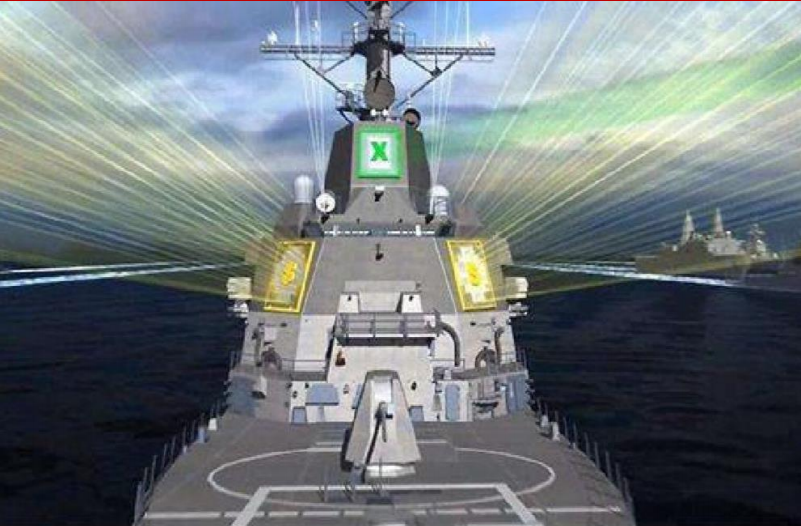Introduction
The maritime industry is undergoing a technological transformation, driven by advancements in radar and communication systems. At the forefront of this evolution are shipborne phased-array antennas, which are redefining naval operations, commercial shipping, and offshore communications. These cutting-edge antennas offer unparalleled speed, precision, and reliability, making them indispensable for modern vessels.
In this article, we explore how phased-array antennas are revolutionizing maritime technology, their key benefits, and their growing adoption across military and civilian applications.
What Are Shipborne Phased-Array Antennas?
Phased-array antennas are advanced radar and communication systems that use multiple antenna elements to steer electromagnetic beams electronically—without physical movement. Unlike traditional rotating radars, these antennas can track multiple targets simultaneously, adjust beam direction in microseconds, and operate in harsh maritime environments.
Shipborne variants are specifically designed for vessels, offering:
360° coverage without mechanical rotation
Faster target detection than conventional radars
Enhanced resistance to saltwater corrosion and vibrations
Lower power consumption with solid-state components
Their ability to support 5G, satellite communications (SATCOM), and electronic warfare (EW) makes them a game-changer for naval fleets and commercial ships alike.
Key Benefits of Shipborne Phased-Array Antennas
1. Unmatched Situational Awareness
Modern naval warfare and maritime security demand real-time threat detection. Phased-array radars can track hundreds of airborne and surface targets simultaneously, providing warships with superior anti-air, anti-missile, and anti-submarine capabilities.
2. Seamless Satellite & 5G Connectivity
With the rise of autonomous ships and smart ports, reliable connectivity is crucial. Phased-array antennas enable high-speed SATCOM and 5G backhaul, ensuring uninterrupted data transmission even in remote oceans.
3. Enhanced Survivability in Electronic Warfare
Electronic jamming and cyber threats pose major risks to maritime operations. Phased-array systems can rapidly switch frequencies, resist interference, and even deploy counter-jamming techniques, making them vital for modern naval defense.
4. Reduced Maintenance & Longer Lifespan
Traditional radars require frequent maintenance due to moving parts. Phased-array antennas, being solid-state and modular, have fewer failure points, reducing downtime and operational costs.
5. Future-Proofing Maritime Vessels
As autonomous shipping and AI-driven navigation advance, phased-array antennas provide the scalability needed for next-gen upgrades, ensuring ships remain technologically relevant for decades.
Military & Commercial Applications
Naval Defense & Surveillance
Leading navies, including the U.S., China, and EU, are rapidly adopting phased-array radars for:
Aegis Combat System (used in destroyers and cruisers)
Ballistic missile defense
Drone and hypersonic threat detection
Commercial Shipping & Offshore Operations
Beyond military use, commercial vessels benefit from:
Collision avoidance in busy shipping lanes
Real-time weather monitoring
Efficient port communications
Unmanned & Autonomous Ships
As the maritime industry moves toward AI-controlled vessels, phased-array antennas provide the low-latency, high-bandwidth links needed for remote piloting and fleet coordination.
Challenges & Future Trends
Despite their advantages, shipborne phased-array antennas face challenges:
High initial costs compared to traditional radars
Complex integration with legacy ship systems
Power requirements for large arrays
However, ongoing advancements in GaN (Gallium Nitride) technology, AI-based beamforming, and miniaturization are driving costs down while improving performance.
Future developments include:
Hybrid optical-phased array systems for laser communications
Swarm radar networks for coordinated fleet operations
Quantum radar integration for stealth detection
Conclusion
Shipborne phased-array antennas are no longer a futuristic concept—they are now a mission-critical technology reshaping maritime operations. From warships to cargo vessels, their ability to deliver high-speed, multi-functional, and resilient communications makes them indispensable in an era of digital oceans.
As defense budgets and commercial shipping companies invest heavily in these systems, phased-array antennas will soon become the global standard for maritime radar and connectivity.


